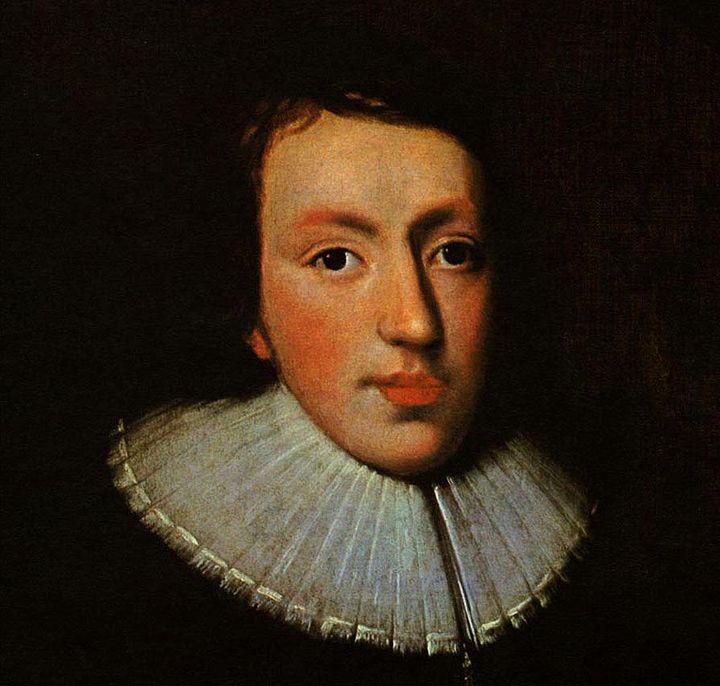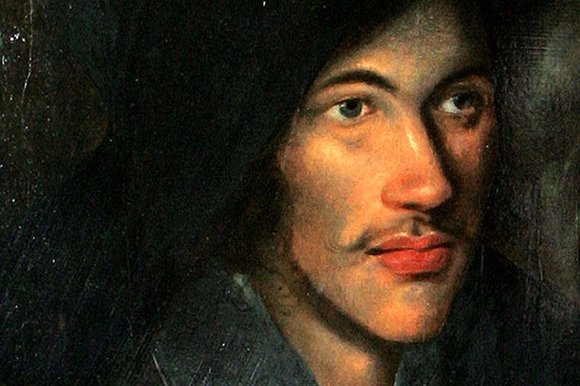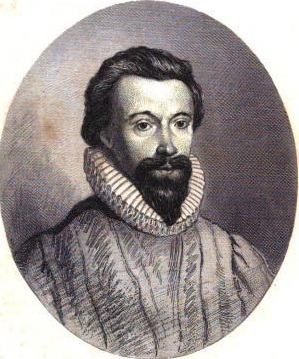“Death Be Not Proud” is one of the more critically acclaimed and discussed “Holy Sonnets” composed by the presiding poet of The Metaphysical School, John Donne. In vein with the contemporary discourse of the eternity of heaven as propounded in Christian theology, the poet confers upon the personified figure of Death a very personal “blow”, an anticlimactic undoing of sorts, of the very same kind that all mortal beings are subjected to.
It is important to notice how in contradistinction with the view of Death as non-existence, as the dark void in Christian philosophy, the poet injects inexorability into his envisioning of Death as undergoing the same transcendence at its own demise, as a conceived embodiment of human impulses and sensations. Death, by dint of this personification (becoming, in the process, a conduit of a plethora of intricate human sensibilities, all mired with the tectonics of desire and human subjectivity,) in turn, is defeated at Fate’s hands as the dying subject achieves transcendence in heaven, amidst God’s almighty glory, which is perpetuated in time. What undoes Death in the larger scheme of things is Death itself, and the irony is present in its sparkling brilliance in the sonnet.
The very initial lines clear the stance of the poet, and his determination in the sacrosanctness of his faith. Death, although made out to be a tyrannical figure in life’s schemes, and deemed as potentially capable of exerting a real influence on the course of life, is “poor” enough to have to rely on the collection of mortal souls for its sustenance. Death, albeit within the proscribed conventionalities of a religious poem, becomes secularized, deprived of its mystery, its supreme command, and exposed to the bite and cringe of human flaws and failed desires. The diminution of Death comes with a certain degree of snide mockery implicit in the lines: “Die not, poore Death, nor yet canst thou kill me.”
The following transmutation of Death involves diluting the secrecy of its alleged powers, and reducing it to a source of uncircumscribed pleasures as opposed to fear. Sleep and rest are presented as but images of Death, which produces pleasure that will be compounded only by the pleasure that is produced at the time of Death, from the pleasure of expiation from mortal grief and treachery, and a submersion in the eternal afterlife. There is also the poignant realization, the physical truth in the labyrinth of the metaphysical, of the fact that Death escorts all souls onto the other side, and there is an absolution in their irretrievability, though for the poet, the victory does not lie with Death, since it too is subjected to the vagaries of Fate and History. It must wait for the decisions of its masters and of their decisions, brute and untempered by mercy, reasonless and dealt out with ecstatic abandon. The use of the term “desperate” for men who are rather the killers, the vitriol, indict that Death is summoned without volition or choice, and that Death too has no choice in determining its own course of actions. Having cohabited and thrived in the abhorrable company of war and sickness, it too has internalized the puerile, the fetid, and in fact, presents an image of sleeping which is far surpassed by those proffered by poppy or charms, that is by hallucinogenic or magical means.
What this section of the sonnet, in fact, evinces, is the dauntless fear and resignation to Death, and more significantly, the transcendent life that the faithful were supposed to adhere to. Austerity in a meditative ideology of Death entailed certain rigorous compromised acceptances on the part of the Believer, for the sake of the subsequent rewards. While Death snatches life away with certain ferocity, perhaps in the form of a “stroke” which evokes images of discomfort or even strangulation, the subsequent Grace of the Heavenly life is one of endless love and all-pervasive oneness. A triviality such as Death is bound to loose out to the overwhelming powers of life itself, and can only afflict the living insomuch as they are alive and ailing. The Book of John, in what seems reminiscent of Plato’s argument, deems the soul as taking flight in the afterlife while the mortal body is relegated to the realm of mortality, where it belongs, where it has been conceived and where it shall end as well. Not only does the imperishable soul find flight from the clutches of Death and its wordlessness, but Death is made out to be the paradox that it is. “Death” suffers its own death and ceases into non-existence, only when the dead immortal soul awakes to its own perennial life, which evinces the poet’s reverting to the survival of God’s word, of the prospect of eternity as a strategy meant to combat the nihilistic view of Death imagined in popular conception.
Thus, the last word of the poem which does away with Death is inscribed with the faith of religion in his mind and heart. The deployment of a range of literary terms and techniques is the poet’s way of ensuring that his word ultimately survives, and his word is clearly imbricated within, housed within the Word of God, which offers a source of unflinching trust and security for his mind flailed by the miseries of everyday life. The apparent contradiction attested to by the concluding line “And death shalt be no more, death, thou shalt die” holds the clue to life’s blueprint. Yet, it jars us to think of Death as being condemned to a philosophically argued death of sorts. That Death indeed can die like any one of us, the most unqualified of all lives, even after exercising so much on our imaginations enfeebled by its apparent might and menace, is not something we are acquainted to. This was also on the agenda of the metaphysical, that of empowering the individual with an awareness of its own subjective desires, and limitations thereof. The deflation of Death attempts at merely impregnating the sphere of the individual with a substantial impetus, turning the lens onto the believer himself, who must come armed with the ammunitions of faith, and test out his realities against the backdrop of not just a death that subsumes all possibilities, and stifles further growth and genesis, but of a life that continues to grow, encompass even after the corporeal ceases to exist.
Some online learning platforms provide certifications, while others are designed to simply grow your skills in your personal and professional life. Including Masterclass and Coursera, here are our recommendations for the best online learning platforms you can sign up for today.
The 7 Best Online Learning Platforms of 2022
- Best Overall: Coursera
- Best for Niche Topics: Udemy
- Best for Creative Fields: Skillshare
- Best for Celebrity Lessons: MasterClass
- Best for STEM: EdX
- Best for Career Building: Udacity
- Best for Data Learning: Pluralsight













thanks
This is wonderful! Thanks a lot